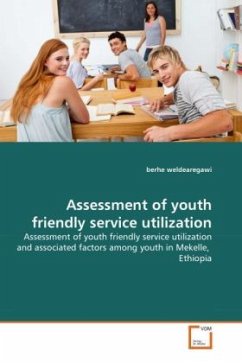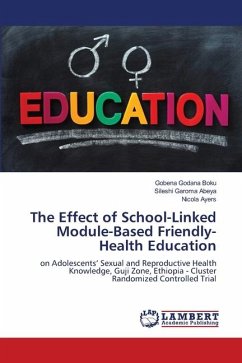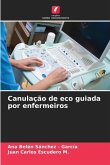Chemical and physical methods of nanomaterial synthesis are evidences for the harmfulness to the environment and health. Currently there is growing need to develop eco-friendly and body benign nanoparticle synthesis processes to avoid adverse effects in biomedical applications. Hence nanoscientists have developed biosynthesis approach. Large abundance of reducing and capping biomolecules, low cost and less side effects make them best option for the biomedical applications and elsewhere. This monograph gives a brief account of cytotoxicity of Fe3O4 NPs and the role of few biological resources from the store of unlimited resources e.g. plant leaves and fruits in the synthesis of most promising nanoparticles such as gold, silver and their potential applications. Bio-nanotechnology is still in its infancy but continues to progress as the new emerging area with better future prospective. These eco-friendly methods and resources can brush up our knowledge of novel approaches of synthesis of nanomaterials and can be useful to nanotechnologists working in the field of biomedical applications such as targeted drug delivery, hyperthermia of tumors, imaging and precancerous cells diagnosis.
Bitte wählen Sie Ihr Anliegen aus.
Rechnungen
Retourenschein anfordern
Bestellstatus
Storno








